#Bird life
Text
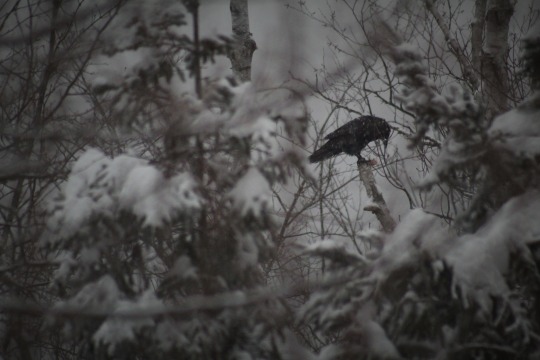

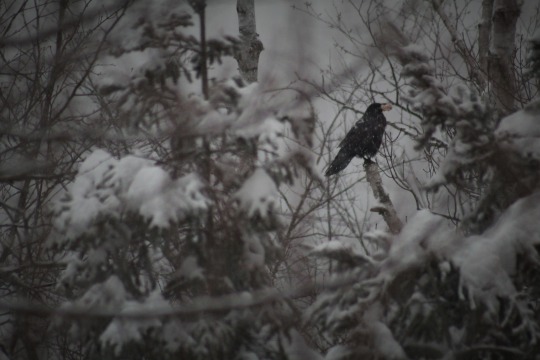
#TheDayAfter
At dawn after a snowstorm, a Raven is about to take off with his breakfast; a chicken leg.
@BenAdrienProulx
January 10th, 2024
#The Day After#Northern Raven#Raven#Wild Bird#Wildlife Photography#Raw Nature#Nature Core#Nature Gothic#Chicken Leg#SnowStorm#Nature Photography#Nature Canada#Wild Bird Photography#Animal Photography#Bird Watching#Bird Photography#Bird life#Bird Lover#eBirders#IUCN#International Union for Conservation of Nature#NCC#Nature Conservancy of Canada#ECCC#Environment and Climate Change Canada#Mountainous Parts of the Northern Hemisphere#Canada#The RavenKeeper
548 notes
·
View notes
Text
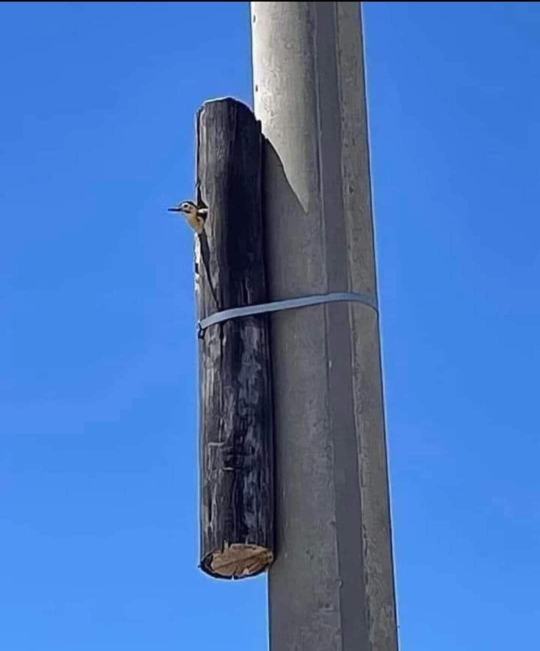
The Israel Electric Company replaced an electric pole.
When they found out there was a bird's nest in the old one, they connected the old one to the new one.
Well done.
Jewish Projects
346 notes
·
View notes
Text
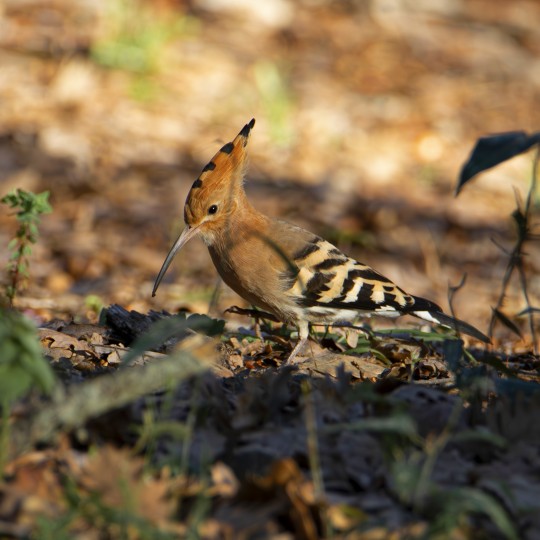
Huppe fasciée au 150-600mm
Alpes-Maritimes, France 🇫🇷
#bird photography#Bird#Bird life#nature#Nature lover#portrait#Oiseau#Birds#Photography#World#france#Huppe#Love#bird of the day#Light#Sunset#sunlight#Alpes-Maritimes#feathers#Perfect#Beauty#Beautiful
22 notes
·
View notes
Video
Our wood nuthatch
97 notes
·
View notes
Text
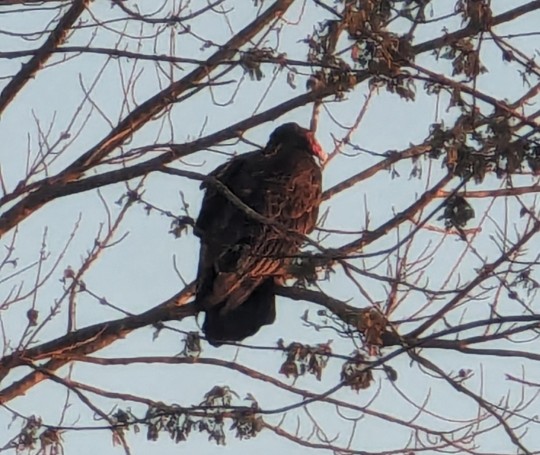



Beautiful turkey vulture
#wearyelfphotos#nature#my photo#nature photography#my photography#original photography#photography#naturecore#bird watching#bird#birds#bird photography#birdwatching#turkey vulture#vulture#pretty nature#birdies#big bird#animal photography#wild animals#original photography on tumblr#original photographers#amateur photography#my photos#original photo#animal#animals#nature lovers#bird life#bird lover
14 notes
·
View notes
Text
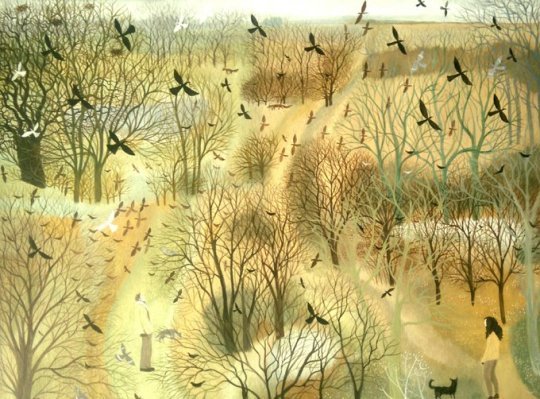
dee nickerson
12 notes
·
View notes
Text

Cute bird 🐦🎁😍
#drawing#animals#nature#wild animals#my birds#birdflash#bird art#bird photography#birds#birdlovers#birds of prey#wild birds#birdblr#birdwatching#bird loaf#bird life#bird lover#free#freedom#art
7 notes
·
View notes
Text

The mandarin duck (Aix galericulata) is a perching duck species native to the East Palearctic. It is sexually dimorphic; males showing a dramatic difference from the females.[3] It is medium-sized, at 41–49 cm (16–19 in) long with a 65–75 cm (26–30 in) wingspan. It is closely related to the North American wood duck, the only other member of the genus Aix. 'Aix' is an Ancient Greek word which was used by Aristotle to refer to an unknown diving bird, and 'galericulata' is the Latin for a wig, derived from galerum, a cap or bonnet. Outside of its native range, the mandarin duck has a large introduced population in the British Isles and Western Europe, with additional smaller introductions in North America
10 notes
·
View notes
Text

Bird Up. nyc staple.
4 notes
·
View notes
Text
BOTD: Parasitic Jaeger

^Image credit: Jinesh PS
Parasitic Jaeger (Stercorarius parasiticus)
Also called the Arctic Skua, Parasitic Skua, or Arctic Jaeger, the Parasitic Jaeger's major form of food is robbing food from other birds, primarily gulls and terns, the act of which is called kleptomparasitism. The word "Jaeger" is from the German "Jäger", meaning 'hunter'.
#I never knew these birds were called jaegers#I've always known them by the Arctic Skua name!#the more you know running this blog~#parasitic jaeger#arctic skua#jaeger#skua#skuas#parasitic skua#arctic jaeger#sea birds#seabirds#coastal birds#sealife#marine life#coastal wildlife#wildlife#birdlife#bird life#bird of the day#birdoftheday#bird facts#bird fact#bird fact of the day
39 notes
·
View notes
Text


#TheGreatBlueHeron
The Great Blue Herons, after catching a fish, typically do not wait before beginning to digest their meal. And once they've swallowed their prey whole, they start the process of digestion immediately while taking a comfortably nap on a rock, enjoying the sun.
@BenAdrienProulx
October 24th, 2023
#The Great Blue Heron#Wild Bird Photography#Wildlife Photography#Bird Watching#Bird Photography#Bird life#eBirders#Nature Photography#Nature Canada#IUCN#Raw Nature#NatureCore#International Union for Conservation of Nature#NCC#Nature Conservancy of Canada#FeederWatch#Mountainous Parts of the Northern Hemisphere#Canada#The RavenKeeper
333 notes
·
View notes
Text
On my way to my new job in the coal mines! So cool that they started hiring canaries! Bit nervous lol, wish me luck! :)
3 notes
·
View notes
Text
i am still thinking about bird life…. you guys would’ve love the mountaineers i swear to god we were so bad at the game and we were perfect and now half of us are dead
2 notes
·
View notes
Video
youtube
BIRD WATCHING.
#youtube#BIRD LIFE#BIRD WATCHING#AUSTRALIA BIRD WATCHING#BIRD SOUNDS#CUTE BIRDS#NATURE#WEATHER#CLOUDY WEATHER#SKY#CLOUDY SKIES
2 notes
·
View notes
Text


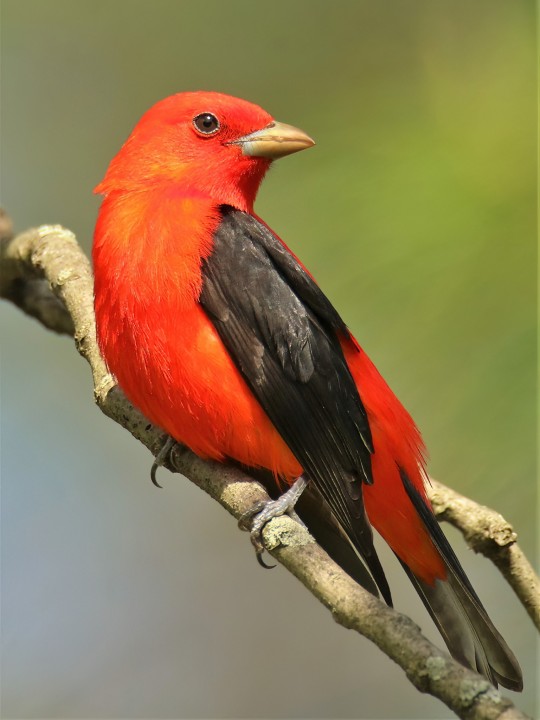

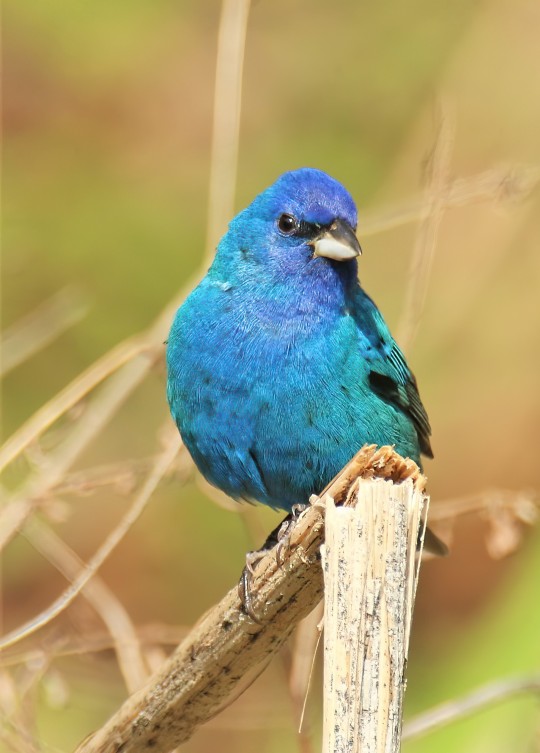
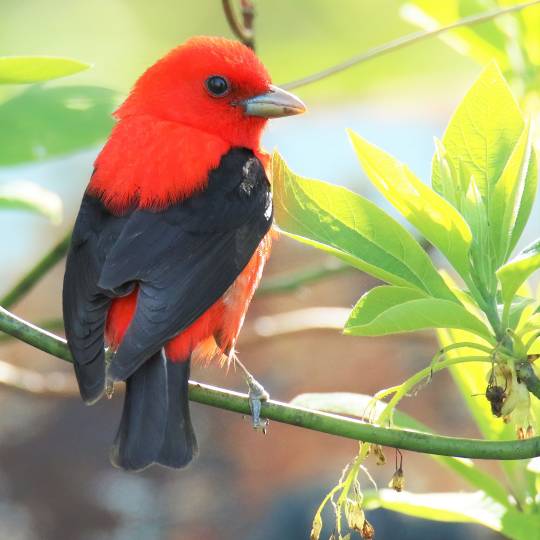
#birbs of tumblr#wild life#birdphotography#animal#ornithology#birblr#backyard birds#nature#bird life#bird lovers
42 notes
·
View notes
Photo

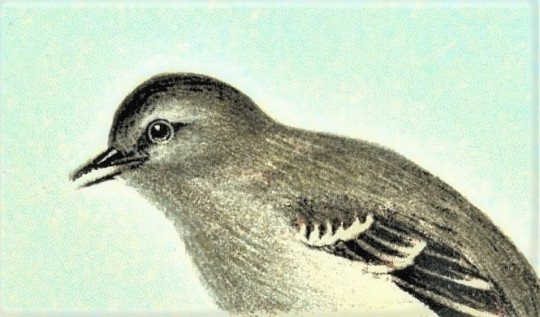


A Mimidae Feathursday
In the U.S., the family Mimidae includes the Northern Mockingbird, Gray Catbird, and Brown Thrasher. All are notable for the range of their vocalization and their remarkable ability to mimic a wide variety of birds and other sounds heard outdoors, hence the family name which is Latin for mimic. While southern Wisconsin is within the range of distribution for the Mockingbird and Thrasher, the Mockingbird is a rare summer resident here and the population of Brown Thrashers in Wisconsin is thought to be low, and in any event they are especially noted for being elusive, so very few people we know have ever seen one here. The Catbird, however, is quite common in our neighborhood, but unfortunately the book we chose to highlight does not include an image of one.
The images shown here are color lithographs from our 1907 edition of Bird-Life, A Guide to the Study of our Common Birds, by American ornithologist Frank M. Chapman, with illustrations by the English-Canadian-American wildlife artist Ernest Thompson Seton, published in New York by D. Appleton and Company.
View other posts from Bird-Life.
View more Feathursday posts.
#Feathursday#Mimidae#mockingbird#catbird#brown thrasher#Bird Life#Frank M. Chapman#Ernest Thompson Seton#lithographs#color lithographs#birds#birbs!
25 notes
·
View notes